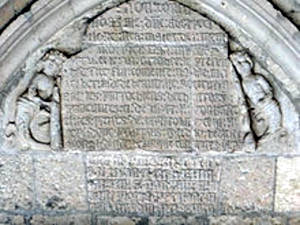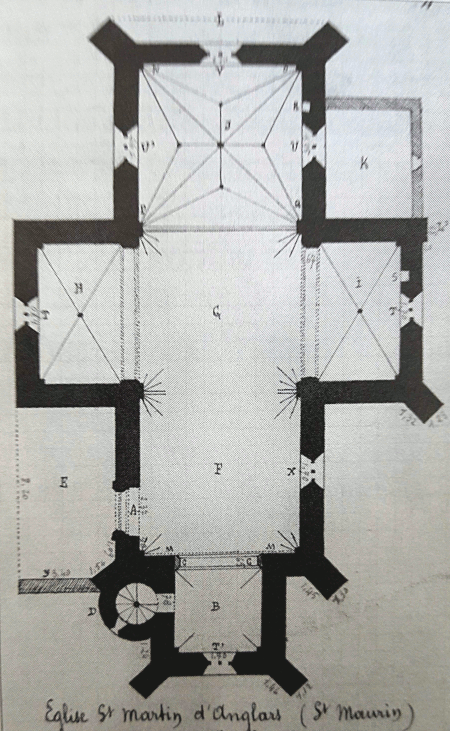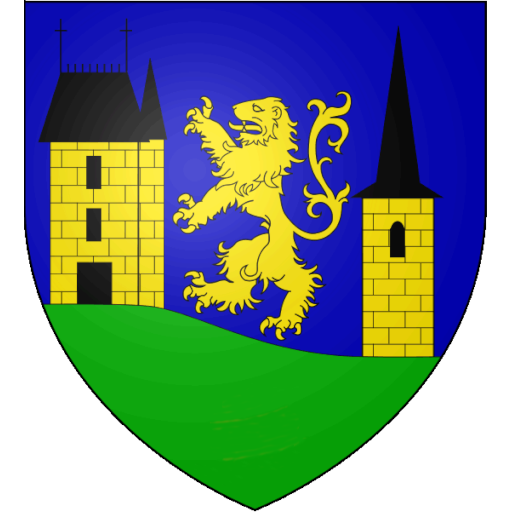This is the parish church of Saint Maurin. It is situated on a level outcrop where its bell tower was able to play a defensive role.
Come and immerse yourself in the 3D virtual visit of the church. An unforgettable experience! Launch the visit by clicking on the video Matterport.
The creation of this virtual tour was 100% financed by the Lot-et-Garonne 2022 Citizen’s Participatory Budget.
An eventful history
During the Hundred Years’ War, the original parish church was pillaged in 1346 by the Count of Derby’s English troops, then burnt and destroyed in 1356 by the Black Prince’s men (Edward, Prince of Wales).
The church was rebuilt in 1525, as the commemorative plaque on the tympanum of the doorway attests. This date accounts for its flamboyant ogival style.
In 1561 the church was again burnt, this time by the Protestants. Its restoration was long delayed. Masses were instead said in the chapterhouse of the abbey.

Restoration
By 1603 the church had still not been reroofed. The roofing work was not completed until 1681. At that date it had neither vault nor wood panelling.
Then, during the Revolution the church was pillaged. Religious services were moved to the abbey church from 1791.
The post-Revolutionary restoration of the church was extremely slow. The transept vaulting, as well as that of the choir with liernes and tercerons (Ref: J), date from the years 1860-1862. Joseph Villiet’s stained-glass windows date from 1866.
The church was listed in 1930, though its restoration was not completed until 1932 (the nave vault, the panelling in the choir).
The side chapel on the north, formerly St Eutrope, is today dedicated to the Virgin. That to the south, formerly the chapel of ND, known as the Garrigue, is today dedicated to Saint Joseph.

Remarkable features of the church are:
– the small columns in the choir, adorned with the four symbols of the evangelists: the lion, the angel, the eagle and the bull;
– the wooden high altar, carved in the 16th century; it houses a 17th century painting: Adoration of the Magi, painted on leather from Cordoba;
– two gilded wooden reliquaries holding the relics of St Radegonde and of Saint Martin;
– 16th century gilded wooden candlesticks and tabernacle;
– an 18th century gilded wooden processional cross;
– a 17th century gilded wooden Christ, very fine (baptismal font).

